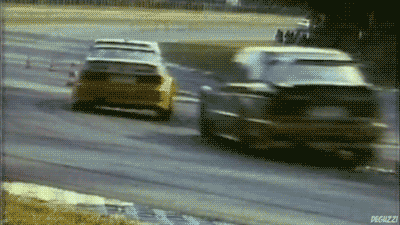
Originally Posted by
1bad7

Let's see if I can explain this.
1. First off the only thing that makes "physical contact" within the combustion chamber is the piston ring and the cylinder wall, you can coat the shit out of the piston, it does nothing period. Microscopically, oil molecules sits between the piston ring and the cylinder wall. So technically the ring should never actually touch the cylinder wall.
2. Regardless of how tight the manufacturing tolerances are imperfections will be there. To get around this problem in modern day high compression engines, the cylinder wall and the piston rings are manufactured with cross hash patterns. The cross hash behaves like fine sand papper and will mate the ring to the cylinder wall during the first 15-30 min of the engine being fired. This is the most critical 15-30 min of the life of the engine and this is the true "break in period", taking the engine rpm through the entire rev range is the only way to allow the piston ring to be seated properly. This is almost always done to high performance engines by the manufacturer on a dyno and the oil is drained and refilled before shipping (some are done on engine dynos).
Every sport bike manufacturer performs this final step (Ducati, Honda, Suzuki, Kawasaki, Yamaha, MV, BMW etc.) Same holds true for all exotic/super sports cars and new engines for F1, Nascar etc.







 Reply With Quote
Reply With Quote







